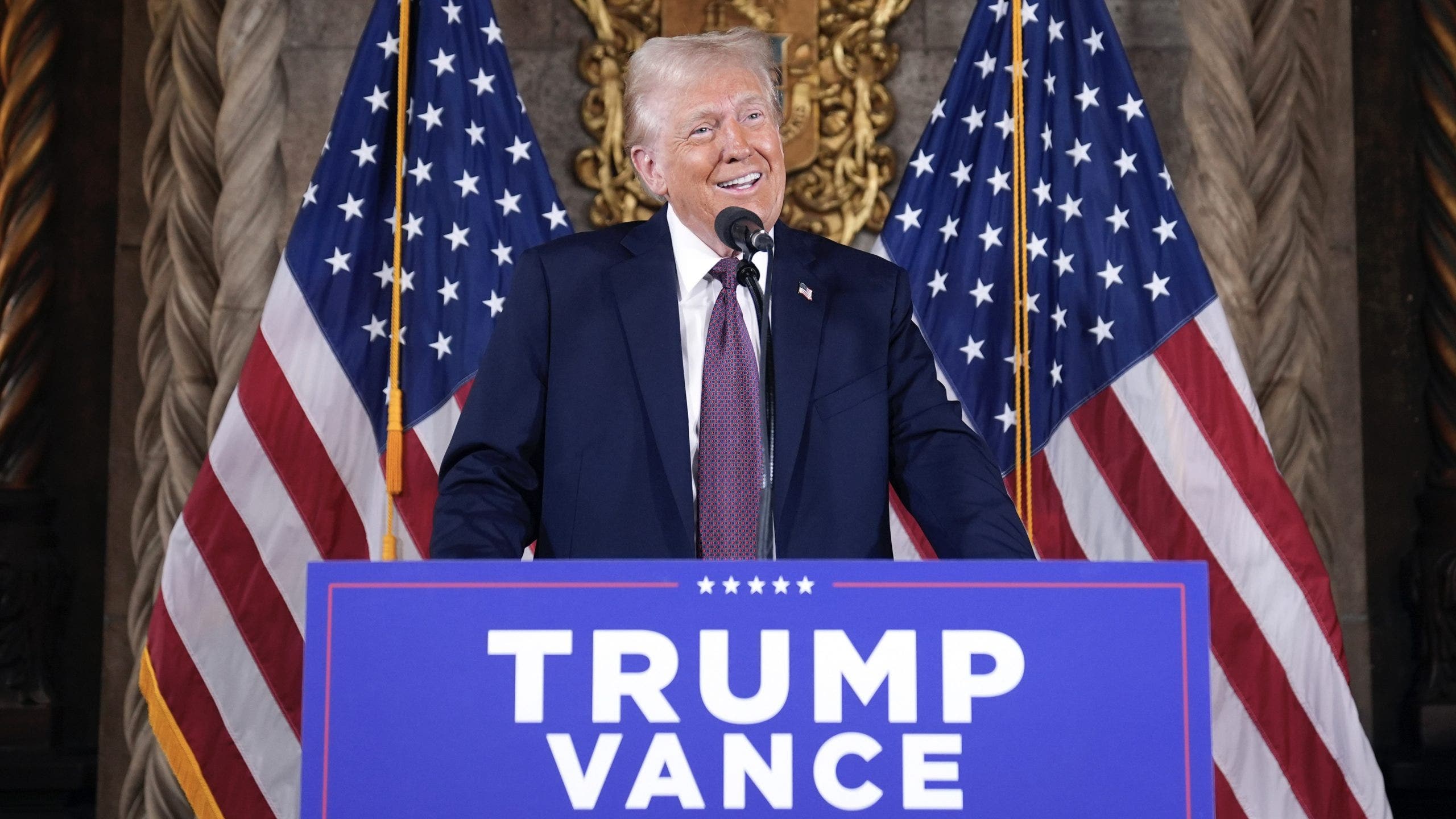Interest rates have been in the spotlight throughout the past several years and, not surprisingly, were a topic of interest during the 2024 presidential election.
While on the campaign trail, President-elect Donald Trump promised to lower interest rates. And while the president doesn’t have the power to directly set rates, their policies can certainly impact them.
Try This: How To Financially Plan for the New Year Under the New Trump Presidency
Read Next: 4 Unusual Ways To Make Extra Money That Actually Work
Let’s look at what power Trump will actually have over interest rates when he takes office in 2025 and how his policies could raise or lower rates.
The short answer is that no, Trump can’t lower interest rates when he takes office in 2025.
Setting interest rates is the job of the Federal Reserve, which raises and lowers the target federal funds rate as a means of managing inflation and employment. That federal funds rate trickles down to impact the interest rates on everything from mortgages to credit cards.
For example, the Fed kept rates higher throughout late 2022 and 2023 to control the high inflation rates. But in late 2024, it started lowering rates as inflation decreased.
The Fed was created as an independent entity to most effectively carry out its goals of promoting maximum employment and stable prices. While it is accountable to Congress, neither Congress nor the president has the power to dictate interest rates or penalize Federal Reserve Board Members because they disagree with decisions about interest rates.
Because of that, Trump has little direct influence on interest rates.
Trending Now: 4 Ways Trump’s Win Could Affect the Housing Market in 2025
While Trump can’t directly set the federal funds rate as he’s promised to do, there are ways that his policies and those of Congress can indirectly affect rates. Here are some ways the president can impact interest rates:
One of the ways the president does directly influence the Fed — and therefore, could indirectly influence Fed actions — is by nominating members of the Board of Governors of the Federal Reserve.
The seven board members are nominated by the president and confirmed by the Senate to serve 14-year terms. Meanwhile, the chair and vice chair serve four-year terms.
Trump will have the opportunity to nominate a new chair in 2026, and he may be more inclined to choose someone he expects will have goals aligned with his.
While monetary policy — including setting interest rates — is up to the Fed, Congress and the president have the power to implement fiscal policy. These policies can affect employment and inflation, which can then lead the Fed to take certain actions on interest rates.














